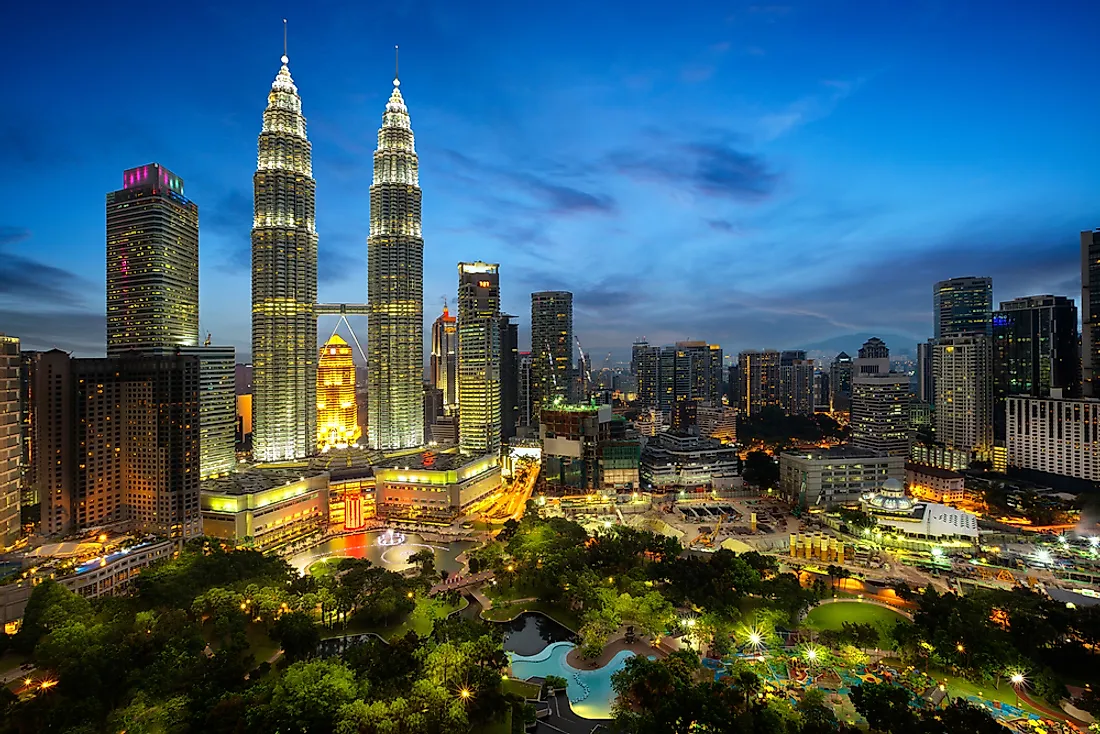Malaysia, a melting pot of cultures, cuisines, and landscapes, offers an incredibly diverse travel experience. From bustling cities to serene beaches, ancient rainforests to colonial towns, Malaysia is a country where Asian cultures merge beautifully. This guide will take you through some of the less explored yet enchanting destinations in Malaysia, promising a journey filled with discovery and wonder.
1. George Town, Penang: A Blend of History and Modernity
Start your Malaysian adventure in George Town, the colorful capital of Penang Island. This UNESCO World Heritage Site is famous for its well-preserved colonial architecture, vibrant street art, and, most importantly, its street food. The blend of Chinese, Indian, and Malay culinary influences makes Penang the food capital of Malaysia.
2. Langkawi: An Archipelago of Natural Beauty
Langkawi, an archipelago of 99 islands, is a paradise for nature lovers and beach-goers. The island is known for its clear waters, white sandy beaches, and rich mangrove forests. The Langkawi Sky Bridge and the cable car offer breathtaking views of the surrounding islands and Andaman Sea.
3. Cameron Highlands: A Cool Escape into the Hills
Escape the tropical heat in the Cameron Highlands, Malaysia’s most extensive hill station. This area is known for its tea plantations, strawberry farms, and lush scenery. The cool climate makes it perfect for trekking and exploring the various flower gardens and waterfalls.
4. Malacca: A Historical Melting Pot
Malacca, a historic city on the west coast, is a testament to Malaysia’s colonial past, with influences from Portuguese, Dutch, and British eras. The city’s historic center, Jonker Street, is famous for antique shops, night markets, and the iconic Christ Church. Malacca’s rich history and unique Peranakan culture offer a distinct experience.
5. Kota Kinabalu, Borneo: A Gateway to Natural Wonders
Kota Kinabalu, the capital of Sabah in Borneo, serves as a gateway to incredible wildlife and natural wonders. The nearby Kinabalu Park, a UNESCO World Heritage Site, is home to Mount Kinabalu, the highest peak in Southeast Asia. The region is also known for its vibrant coral reefs and diverse marine life, making it a popular spot for snorkeling and diving.
Conclusion
Malaysia’s rich tapestry of cultures, combined with its stunning natural beauty, makes it a unique and fascinating destination. Each of these places offers a glimpse into the country’s soul, ensuring an enriching and diverse travel experience. Whether you’re an urban explorer, a nature enthusiast, or a foodie, Malaysia’s array of experiences will leave you with lasting memories.
